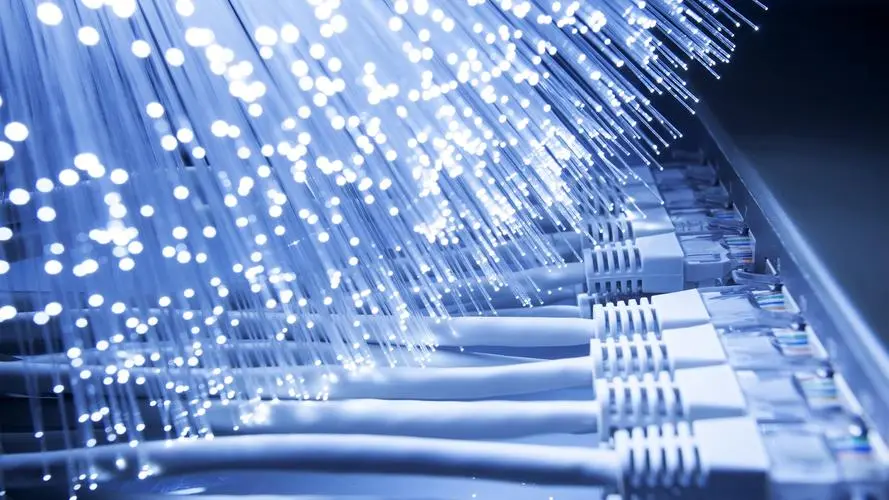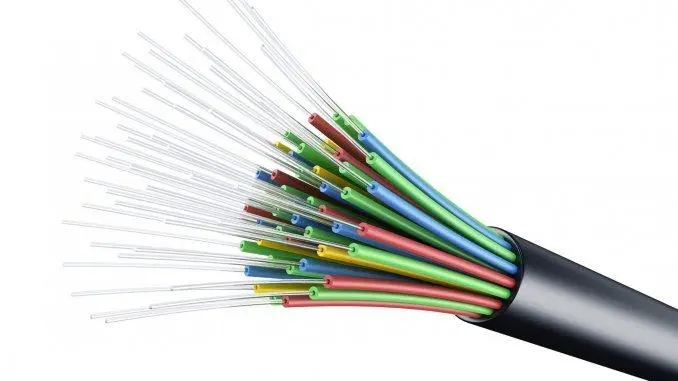- English
- Español
- Português
- русский
- Français
- 日本語
- Deutsch
- tiếng Việt
- Italiano
- Nederlands
- ภาษาไทย
- Polski
- 한국어
- Svenska
- magyar
- Malay
- বাংলা ভাষার
- Dansk
- Suomi
- हिन्दी
- Pilipino
- Türkçe
- Gaeilge
- العربية
- Indonesia
- Norsk
- تمل
- český
- ελληνικά
- український
- Javanese
- فارسی
- தமிழ்
- తెలుగు
- नेपाली
- Burmese
- български
- ລາວ
- Latine
- Қазақша
- Euskal
- Azərbaycan
- Slovenský jazyk
- Македонски
- Lietuvos
- Eesti Keel
- Română
- Slovenski
- मराठी
- Srpski језик
How Fiber Optics Drive 5G Development
2024-03-18
How Fiber Optics Drive 5G Development
With the ability to connect the farthest corners of the world, 5G brings exciting promises and unprecedented data demands. In order to achieve the goal of creating a truly "connected world" characterized by low latency and high bandwidth networks, 5G seeks ubiquitous "deep fiber" support. As global telecommunications operators prepare to deploy 5G on a large scale, enhancing fiber optic infrastructure seems to be the only glimmer of hope for bringing networks closer to our homes. This lays the foundation for future networks, which are more centralized, virtualized, and easy to upgrade than ever before.

Fiber optic: 5G is everything
The world economy is at a critical moment, and 5G wireless connectivity will drive economic growth. Countries such as South Korea, the United States, Japan, and India have made significant progress in preparing for 5G. However, China is in a leading position in this regard and will invest $400 billion in 5G networks by 2030. From a historical perspective, approximately 80% of global fiber optic demand has been driven by these five countries.
Fiber optic needs to be closer to the edge and end users, but that's not all. Even the largest telecommunications companies acknowledge that fiber optic will play a crucial role in their global large-scale 5G deployment. Looking at the growth of global data consumption, apart from fiber optic, there is no "only" solution
Is fiber optic the "lever" to sustain the growing data consumption?
In 2020, when COVID-19 is spreading, Internet connectivity will become the "lifeline" to promote global economic activities. With most countries around the world implementing lockdowns and employees working from home, the data consumption of ordinary households has doubled. This has brought further pressure to the existing global network infrastructure. Therefore, stronger fiber optic infrastructure has become a current need.
Interestingly, history is repeating itself everywhere, even in fiber optic networks. The historical correlation between data consumption and fiber optic demand will continue to strengthen in the coming year. Even if we conservatively estimate, it is expected that the global deployment of fiber optic infrastructure may exceed 5000Mfkm by 2026.

Widespread deployment of fiber optics accelerates the demand for 5G network enhancement.
The world is just beginning to understand how 5G will change the network landscape. At the same time, we also need to understand the evolution that the internet will undergo in order to drive such tremendous changes. The future of the internet clearly revolves around fiber optics. Soon, the world will witness extensive fiber optic deployment to accelerate the demand for 5G network expansion.
In the 5G era, networks will move towards a three-layer structure - fiber optics, servers, and software. The internet will be simple, open, and powerful. The future network needs to be prepared for the future by monitoring multiple applications through a centralized architecture. They should be scalable, centralized, and virtualized.
Upgradable: The network needs to have capacity, bandwidth, storage, and processing capabilities to support unlimited potential.
Centralized: In the future, networks are expected to allow the use of software defined networks to centrally manage software decisions.
Virtualization: Network servers should have multiple layers of functionality, such as routing, switching, storage, and processing, while also providing incredible flexibility.
Reasonable deployment of optical fibers by experts
People often say, "Some things are best left to experts to do.". Obviously, experts also understand the work related to fiber optic deployment. By collaborating with experts, communication service providers can gain revenue through optimizing capital expenditures, reducing operating expenses, and increasing revenue. This also allows them to focus on their core competencies. Experts can also collaborate with operators to plan and utilize their experience to achieve the most effective routing. In addition, the expert's perfect execution ability has also minimized the need for fiber optic replacement.
For example, the average lifespan of fiber optic networks in India is about 7-8 years, while the average lifespan of global fiber optic networks is about 20-25 years. Part of the reasons are improper deployment, lack of appropriate training, incorrect installation practices, and improper maintenance. However, if deployed correctly, the same network can be maintained for approximately 15-20 years.
Conclusion:
Only with the support of equally complete fiber optic infrastructure can the true potential of 5G be unleashed. In the future, the infrastructure required to maintain the network will be very different, very dense, and more virtual than the currently constructed network. Therefore, it is necessary to deploy fiber optics on a large scale on small cellular models in order to integrate a true 5G environment.





